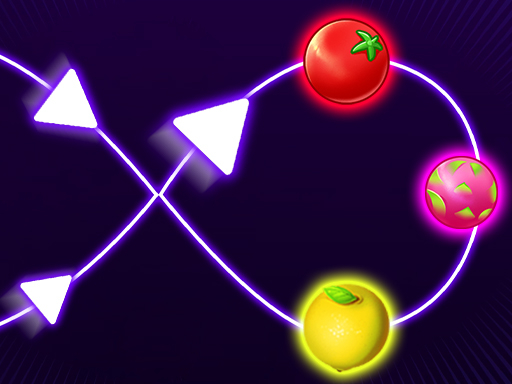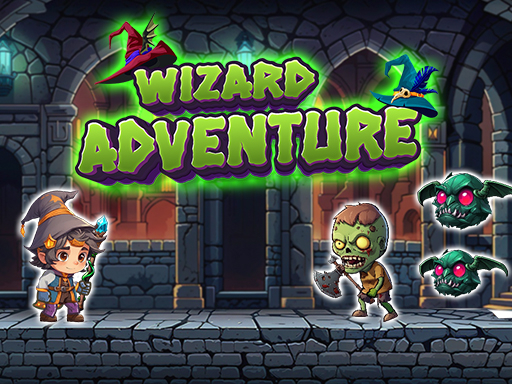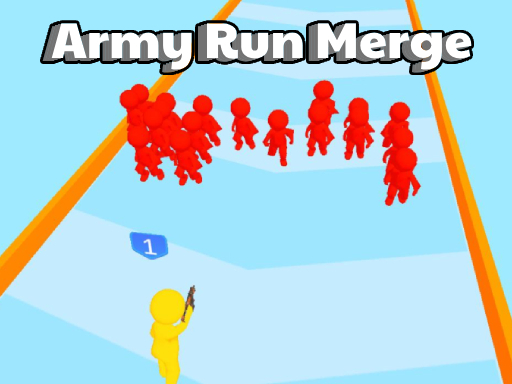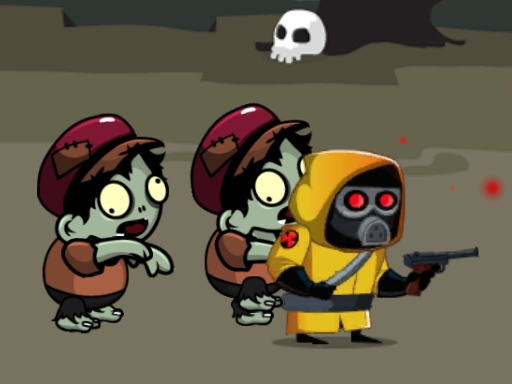The HTML5 gaming industry has experienced remarkable growth over the past decade, becoming a major player in the online gaming ecosystem. With browser-based games reaching wider audiences and offering cross-platform compatibility, HTML5 games are shaping the future of casual and competitive gaming. This article highlights key statistics that illustrate the impact and trajectory of the HTML5 gaming industry.
1. Market Growth and Revenue
HTML5 Gaming Market Size
The global HTML5 gaming market is projected to exceed $10 billion by 2025.
The market has experienced a steady annual growth rate of 12-15% over the past five years.
Advertising and Monetization
Over 60% of HTML5 game revenue comes from in-game ads and sponsorships.
In-app purchases and microtransactions contribute to 35% of the total revenue.
2. User Engagement and Popularity
Active Player Base
HTML5 games attract over 1.5 billion players worldwide across various platforms.
Mobile devices account for 75% of HTML5 gaming traffic, with desktop and tablets making up the rest.
Game Session Length
The average session duration for an HTML5 game is 12-15 minutes, making them ideal for quick entertainment.
Hyper-casual HTML5 games see the highest retention rates, with 40% of players returning daily.
3. Cross-Platform Adoption
Browser vs. Native Apps
Approximately 55% of casual gamers prefer HTML5 games over app downloads due to instant playability.
With increasing cloud gaming adoption, HTML5 is expected to power more cross-platform gaming experiences.
HTML5 on Social Media Platforms
HTML5 games integrated into social media platforms (e.g., Facebook Instant Games, WeChat Mini Games) attract over 500 million active players monthly.
Social gaming engagement has increased by 30% in the past two years due to seamless multiplayer features.
4. Multiplayer and Esports Growth
Rise of Competitive HTML5 Gaming
Multiplayer HTML5 games have grown by 50% in popularity since 2020.
Browser-based esports events are gaining traction, with over 10 million viewers tuning in for HTML5 tournaments annually.
Popular Multiplayer Titles
Games like Krunker.io, MiniRoyale, and Shell Shockers are leading the multiplayer HTML5 gaming space.
Competitive matchmaking and ranked systems are driving engagement in browser-based FPS and battle royale games.
5. Future Trends and Industry Outlook
Advancements in Web Technology
WebGL and WebAssembly have enhanced HTML5 game graphics and performance, making them more comparable to native apps.
The adoption of 5G and cloud gaming will further improve load times and reduce latency for HTML5 multiplayer games.
Growing Investment in HTML5 Games
Major game studios and publishers are investing in HTML5 game development, recognizing its broad audience reach.
HTML5 gaming is expected to account for 20% of the mobile and browser gaming market by 2027.
Conclusion
The HTML5 gaming industry is growing at an impressive rate, driven by technological advancements, increasing mobile adoption, and a shift toward browser-based experiences. With billions of players worldwide and continuous improvements in performance, monetization, and multiplayer capabilities, HTML5 games are poised to remain a dominant force in the gaming landscape. Whether you're a player, developer, or investor, keeping an eye on HTML5 gaming trends and statistics is crucial for staying ahead in the industry.



















